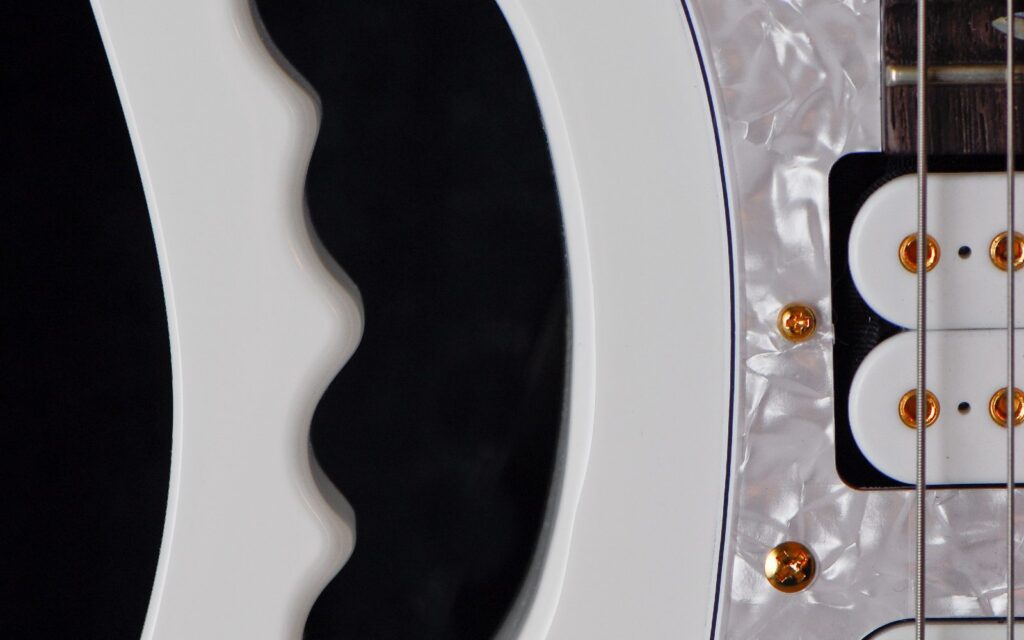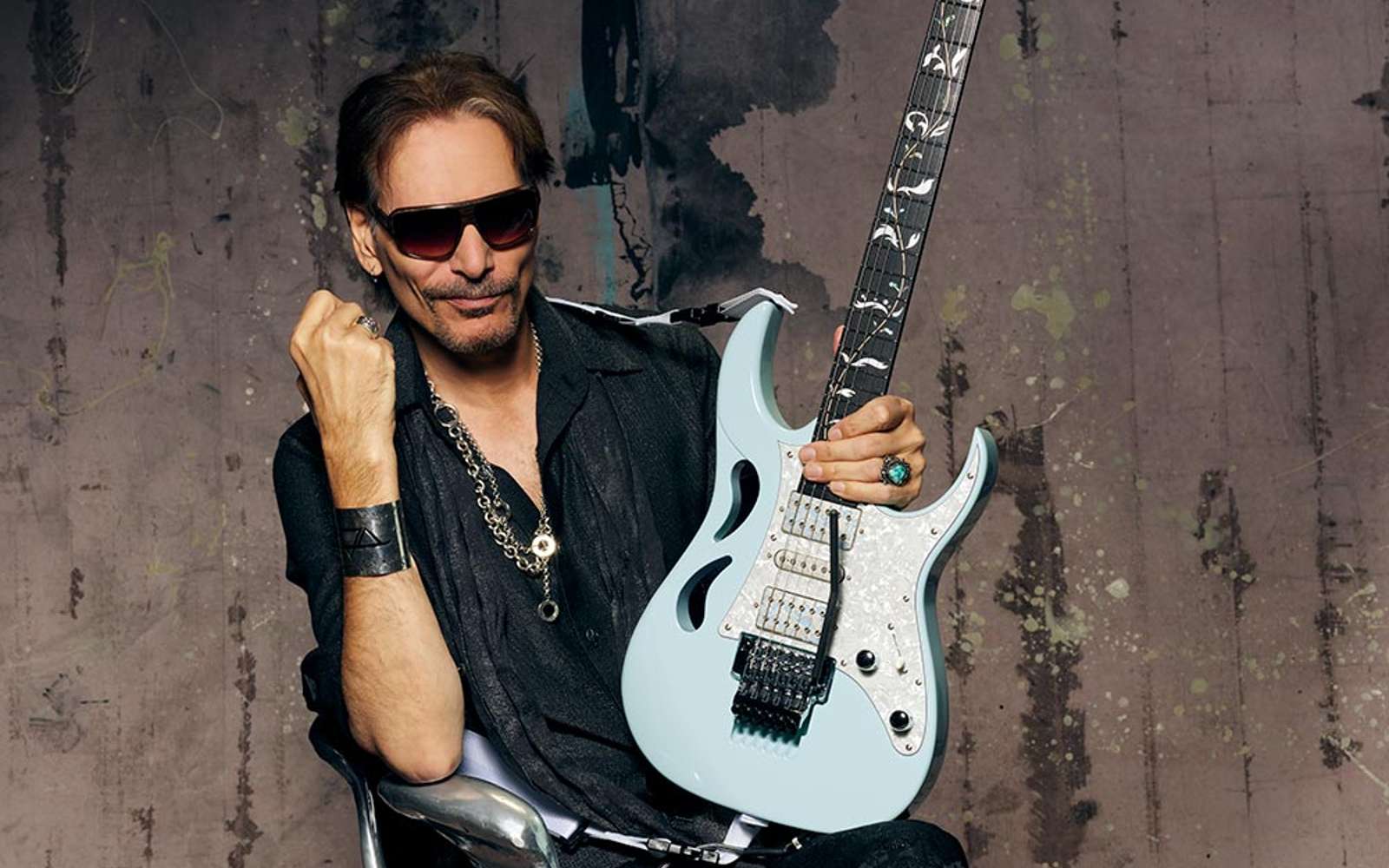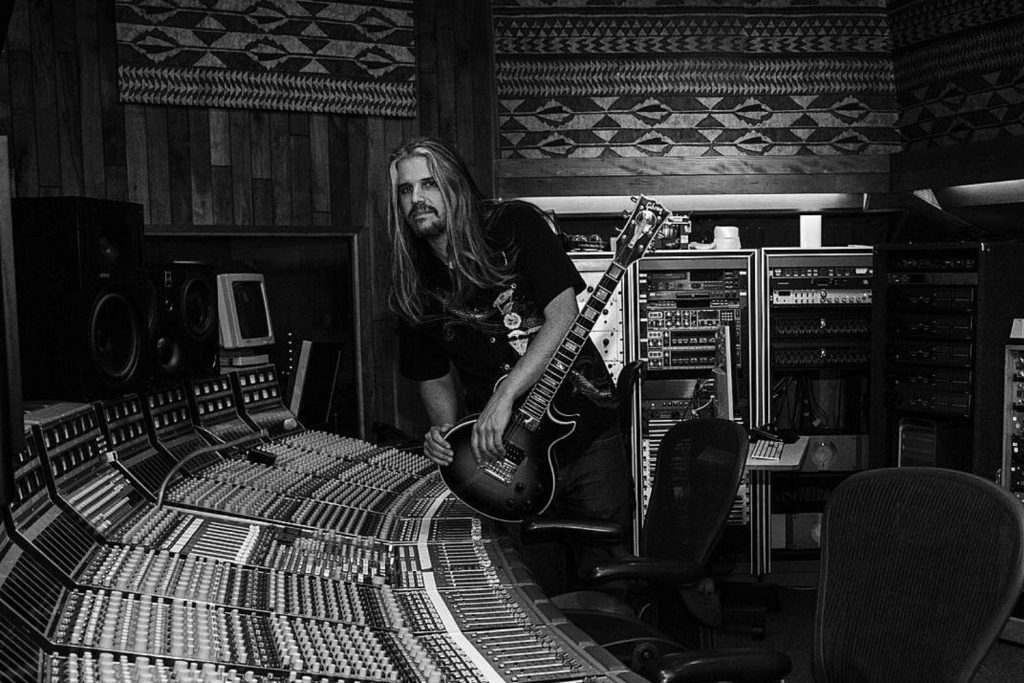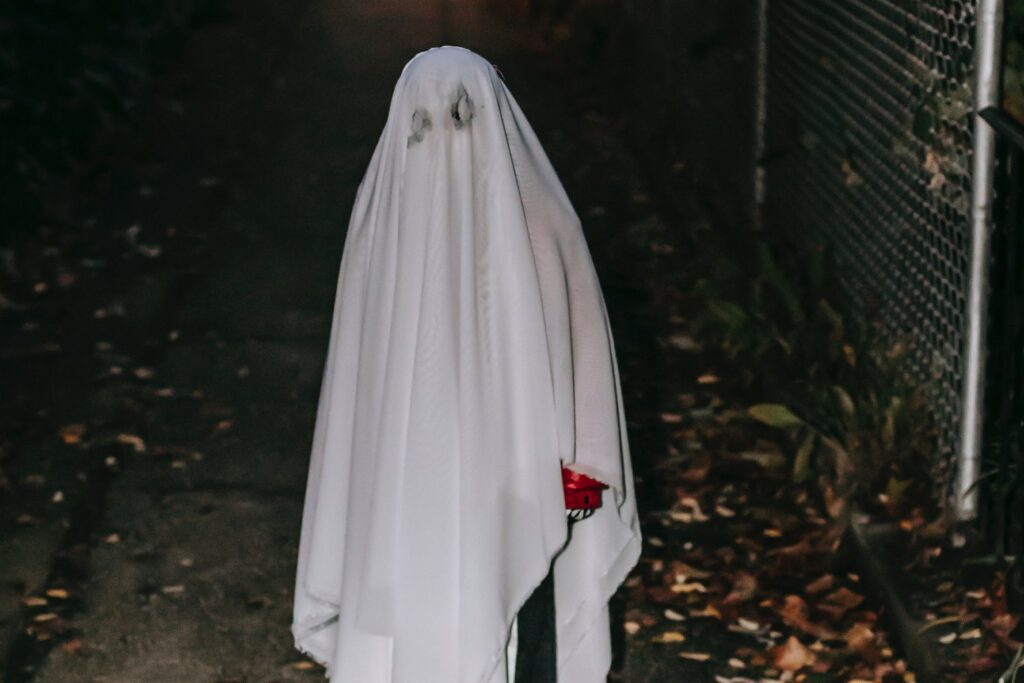While just about all facets of modern consumerism including tech, cars, and home appliances are subjected to a constant push for innovation, many guitar players still insist on using designs patented as far back as the 1950s.
And with this penchant for old designs, there is also a recurring tendency for guitar players to dismiss many attempts at pushing guitar tech forward into the new millennium. After all, where are the Gibson robot guitars now? Why has Line 6 discontinued their Variax line, and why can we no longer get strings for Floyd Rose Speedloader trems? But what about an idea, a push forward, an outlandish design, that actually has stood the test of time and indeed formed a legacy of its own? Enter the Ibanez JEM.
Read more gear features, artist interviews and how-to columns here.
The story of the Ibanez JEM begins in 1986, a time in which Ibanez was desperately trying to push into the burgeoning Superstrat market.
Ibanez
The Japanese-based manufacturer had already made steady attempts at cracking into this demographic. Introducing a variety of models aimed at taking a slice of the pie that brands like Kramer, Charvel and Jackson were so eagerly devouring.
A board room meeting determined that what they needed was a figurehead that would get hard rock and metal players of the era excited to play Ibanez guitars. Kramer had Eddie Van Halen and Ibanez were set to keep their ears to the ground to find their own equivalent.
Steve Vai
Meanwhile, a young New Yorker by the name of Steve Vai was rapidly ascending in the world of electric guitar.
Steve had already cemented himself as a virtuoso via his work with the late Frank Zappa, an impressive feat in itself.
However, not only had Vai earned the respect of the musician’s musician, the year prior had seen him join the backing band of David Lee Roth.
At this point in time, Van Halen was by far one of the biggest-selling rock acts in the world and for many the departure of Diamond Dave sounded death bells for the band.
Subsequently, all eyes were on Dave to see what exactly he would end up doing without the Van Halen brothers behind him. In 1985, the era of the newly established MTV, these changes were sending shockwaves through the music industry.
Inevitably, all eyes on Dave meant all eyes on his band. Little Stevie Vai the Italian virtuoso was now Steve Vai the rockstar, with all the excess to boot.
Back to 1986 and Steve is hard at work touring the DLR band’s first smash hit LP Eat ‘Em and Smile.
Steve had in tow numerous guitars from a variety of custom shops including Tom Anderson, Charvel, Jackson and Performance Guitars in Los Angeles.
While Steve liked these instruments he was finding that the rigours of the road were taking a toll on them all. Additionally, the exclusivity of working with these “at the time” niche builders meant that it was often difficult for him to receive tour support when he needed it most.
He determined that to get what he wanted it would be necessary to affiliate himself with a large-scale manufacturer. Someone who could build instruments to the same level of quality he was acquainted with, albeit faster and in larger numbers.
It was at this same time that the stars aligned and Ibanez decided to go out of their way to court Steve Vai. An endeavour that would ultimately result in an endorsement deal running 37 years and counting.
But happy endings aside, it wasn’t all that easy when it came to cementing this now legendary partnership.
Initially, Rich Lasner from Ibanez arranged to bring an Ibanez Maxxas model for Steve to try out at soundcheck during late ’86.
Figuring the unique design of the Maxxas would catch Steve’s attention, Rich was horrified when the hollow-body guitar omitted a nauseating feedback as soon as Steve plugged it into his stage rig.
Not settling for defeat Lasner reached out to Vai’s mother on Long Island, proposing that Ibanez send a guitar gift wrapped in time for Christmas Eve 1986. This would enable Mrs Vai to sneak a solid body snake skin Maxxas under the tree to surprise Steve on Christmas day.
Ultimately the plan worked, however not in the way in which Ibanez had intended. Steve thought the guitar itself was hideous, however, the considerable thought Lasner and co had gone through to get the guitar to Steve is ultimately what tipped him over.
What came next was the arduous process of figuring out what Vai wanted.
Luckily Steve had already spent a considerable amount of time modifying his guitars. This meant that he already had an idea of what he liked, ultimately he wanted to combine his favourite features from each guitar into a single instrument.
It was at this same time that the success of Eat ‘Em and Smile had reached a giant crescendo, Steve had also found himself on the silver screen cast in Walter Hills 1986 film Crossroads alongside The Karate Kid star Ralph Macchio.
Garnering more attention than ever, Steve found himself being courted by numerous guitar companies including Yamaha and Kramer. Despite extensive business meetings, he wasn’t impressed by any of the prototypes brought forward to him and these negotiations were all quick to cease.
What Steve was impressed by was two Ibanez prototypes brought forward by Rich Lasner later on in 1986. Not only did Steve love both guitars, he was especially impressed by the three-week turnaround it took to get them into his hands.
These prototypes constituted about 90% of what would become the final JEM design, presented at the ’87 summer NAMM show later that year. An event that many in the industry still talk about to this day.
You see, Ibanez had put a black shroud on the floor, guarded by security 24/7 until the eventual reveal of the instrument. Lasner can vividly recall reps from brands like Kramer gathering around the display, to put it bluntly, everyone was wondering what the hell was going on.
Upon its reveal, the JEM immediately became the talk of the show. Nobody had seen an electric guitar like it. From its recessed lion claw tremolo cut, HSH pickup configuration, scalloped upper frets, and sharp aggressive corners the JEM immediately stood out amongst the competition.

But perhaps the most notable feature of the JEM is the infamous monkey grip, a feature that Vai admits has no pre-conceived function. He merely wanted to incorporate a trademark into the design that was so outlandish that no other manufacturer would dare try to copy it.
And as it stands that trademark has remained for 37 years since its initial introduction. With the Ibanez JEM still in production, it is making its statement as loud as ever.
Keep reading about Steve Vai, the JEM and his legacy here.







